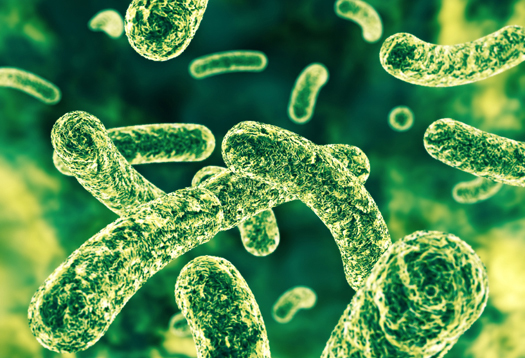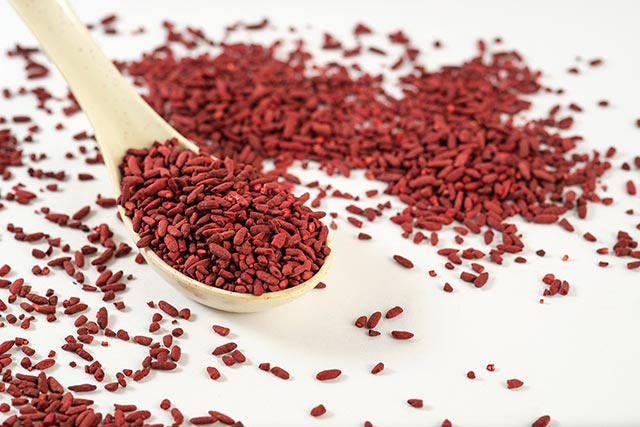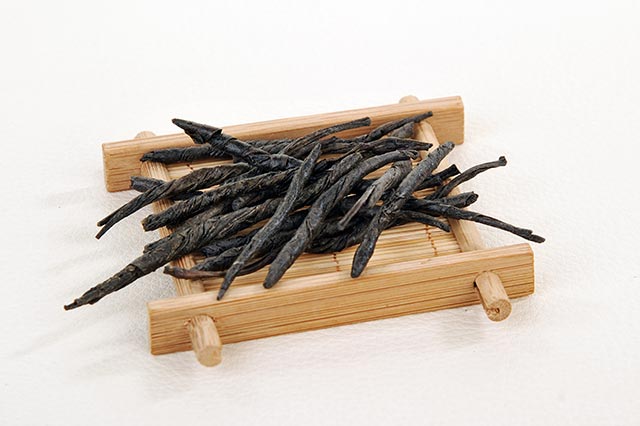Think you have a bad case of the flu? Researchers have discovered that severe cases cause taste buds to grow in your lungs
11/20/2019 / By Melissa Smith

Most people who caught the flu recover after a week or two. However, in more serious cases, the influenza virus can reshape the structure of the lungs. In a new study, researchers at the University of Pennsylvania found that a big part of that remodeling process includes “taste bud cells” growing in the lungs after a severe case of the flu.
The research team observed mice with a severe bout of flu and found that they had taste bud cells growing in their lungs. These cells, which make up the taste buds, are called tuft cells or solitary chemosensory cells. They can be found in the throat and intestines as well, but not typically in the lungs.
In an earlier study, the team discovered a new class of cells called lineage negative epithelial progenitors, which they believed was the cause of the restructuring of lung tissues. However, they also observed that the restructuring was accompanied by sustained inflammation, even after the virus itself had already passed.
In the current study, the research team analyzed that inflammation in mice exposed to H1N1 influenza. They looked at how the lungs of the mice responded to the virus. The virus causes a kind of immune reaction called Type 1 immune response.
However, several weeks after the mice recovered from their flu, their lungs exhibited signs of a Type 2 immune response. This kind of reaction is most commonly linked to asthma, allergies, nasal polyps, and hookworm infections.
Based on other studies, the researchers knew that these cells were linked to Type 2 immune reactions in the gut. Therefore, they decided to check if the cells were also present in the lungs after flu recovery.
Sponsored: NEW Biostructured Silver First Aid Gel created by the Health Ranger combines three types of silver (ionic silver, colloidal silver, biostructured silver) with seven potent botanicals (rosemary, oregano, cinnamon and more) to create a breakthrough first aid silver gel. Over 50 ppm silver, verified via ICP-MS lab analysis. Made from 100% Texas rain water and 70% solar power. Zero chemical preservatives, fragrances or emulsifiers. See full details here.
The research team found the tuft cells in the lining of the airways and alveoli, which are tiny air sacs, of the lungs. They are in the same location as cells responsible for post-flu structural changes. They also discovered that the lineage negative epithelial progenitor cells come before the tuft cells and the cells responsible for the long-term deficits in lung function and structure.
The team then tried to activate the tuft cells in the lungs of mice after a flu infection using bitter compounds to understand why these cells were in the lungs. As a result, the tuft cells multiplied and promoted inflammation.
The researchers believe that human lungs may be affected in the same way as the lungs of the mice. Children who suffer respiratory problems tend to develop asthma later on, which is a condition associated with the presence of tuft cells. The team published their findings in the American Journal of Physiology.
Protecting yourself from the flu
Contracting the flu virus can take a toll on your health. It can cause mild to severe symptoms, such as fever, body aches, coughing, fatigue, sore throat, and runny nose. Here are some ways to protect yourself from it:
- Avoid large crowds, especially during flu season.
- Wash your hands regularly, especially before preparing food and eating, and after using the bathroom.
- Build your immunity by following a healthy diet, restricting your intake of sugar, junk foods, and fatty foods, getting at least seven to nine hours of sleep each night, and maintaining a regular physical activity routine. (Related: Potency of superfood nutrients multiplied by certain strains of gut bacteria.)
- Clean and disinfect surfaces, including doorknobs, light switches, telephones, and toys.
- If you’re taking care of someone with the flu, wear a surgical mask and gloves when attending to them, and wash your hands afterward.
Sources include:
Tagged Under: asthma, Flu, immune system, infections, influenza, Lungs, prevention, research, respiratory problems, taste bud cells, tuft cells, viral infection, virus



















